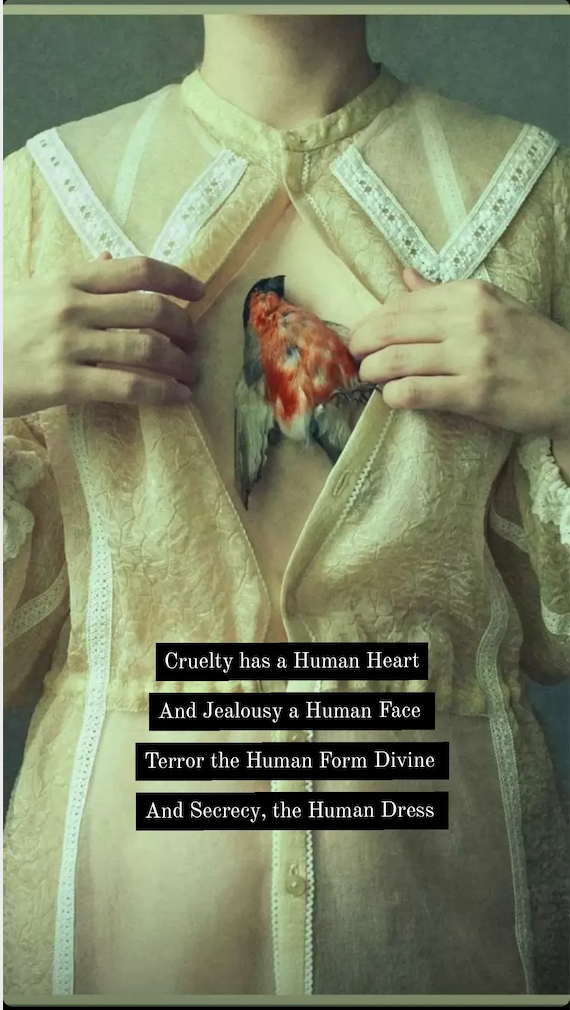I found this novel to be very metaphysically intense. The preface of the novel addressing the reader that “this is a book like any other book. But I would be happy if it were only read by people whose souls are already formed” reminded me of my beloved Prophet Muhammad peace be upon him. Muslims consider him al-Insān al-Kāmil which means “the person who has reached perfection” or literally “the complete person”. Tonight, according to the Muslim calendar, is the Night of Ascension, or Nocturnal Voyage, in which our Prophet ascended the seven heavens, and which Muslims consider it to be an archetype of the highest, culminating stages in the inner spiritual journey that each human must take.
Also, since Islam literally means “surrendering to God”, I found her novel all about surrendering because the reader feels like they are taken on a journey with the protagonist in order to attain the “truth” that she has come to understand.
It is clear that the narrator starts her novel with uncertainty and must recount events of the previous day by giving them form and shape in order to make sense of the transformation she has experienced and attain some sort of certainty. I felt as the reader that I was the invisible owner of the disembodied hand that the narrator was addressing. She seems to be building a foundation in order to know herself. As someone who has studied many world religions and greats like Aristotle and Socrates, her novel reminded me of the teachings and maxims in all these religions that urge the seeker to “know thyself” and that the whole purpose of knowledge is “certitude”.
I found the cockroach encounter disgusting and kafkaesque, and certainly most readers would find it to be so as well. But it looks like she somehow was able to see herself in this despicable creature. She is able to transcend herself and see this creature as something that is a part of her or as if she has become one with the roach and thus one with everything around her. This reminds me of certain Yogic and Buddhist practices where the meditator becomes one with the object of meditation, and one’s connection to the material world ceases to exist.
But in her case, her journey into the nature of being is much more disorganized and takes a lot of reconstructing and piecing together. In the end, she comes to the realization that being is a process and not something that can be arrived at.
This has definitely been one of the most intense novels I have read and certainly not suitable for bedtime reading. I would say that it compares in intensity to Yellow Wallpaper.
Question for discussion:
The passage about the cockrach reminded me of Kafka. Was the author influenced by The Metamorphosis?

I’m glad you commented on the religious aspects of this book which (as I say in my lecture) are evident from the title onwards. Though this is an unconventional religiosity which, as you point out, borrows from or references many different traditions.
I also liked your comparisons with “The Yellow Wallpaper” (interesting; another story that basically takes place in a single room) and Kafka, for sure. Lispector’s is only the second-most famous cockroach in literary history, but I’m sure she had the most famous one in mind. What do these intertextual connections illuminate for us in our reading of The Passion According to G. H.?
One thing I loved about this book was Lispector’s acknowledgement and interactiveness with the audience. The thing at the beginning about “formed souls” was really interesting and I’m glad you brought it up. This idea of surrendering to higher powers and your connection with religion and philosophy was really good.
-Jasmine C.